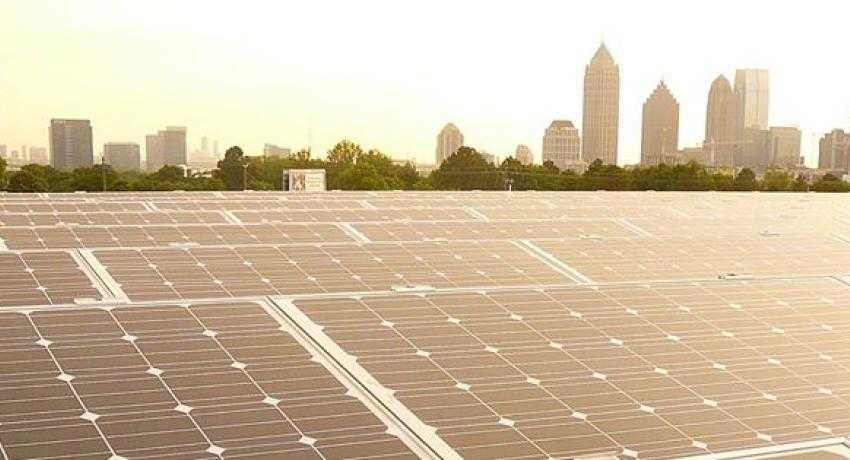Georgia legislature unanimously votes for third-party solar
After the Georgia legislature unanimously passed a bill Friday to allow third-party financing for rooftop solar installation, advocates expect the state to see massive solar industry growth in the state.
The bill still has to be signed by the governor and media has reported that governor’s stance on House Bill 57 is unknown. But a unanimous vote in any legislative body is pretty impressive these days.
The bill represents a massive and thoughtfully negotiated compromise between the Georgia solar industry and the state’s utility providers. The solar industry wins because home and business owners now have easy access to low-cost financing and lease options for rooftop solar installations. The utilities win because the legislation comes with a cap on how much energy can come from distributed renewable energy sources.
Georgia, like most states, has had a law on the books protecting monopoly utility companies. In exchange for limiting utility company profits, regulators have historically protected the monopoly. The law in Georgia – until the governor signs HB 57 – says only the designated utility can provide or finance new electricity generation in its jurisdiction unless the user directly owns his or her own system.
That law has kept the solar industry from soaring in Georgia and in many other states.
Not surprisingly, the states with the greatest rooftop solar activity are the states that allow third-party financing.
“It has recently emerged in the solar industry as one of the most popular methods of solar financing for consumers to realize the benefits of solar energy,” according to a report from the Solar Energy Industries Association.
Whether through lending or power purchase agreements and leases, third-party financing was used in 90 percent of the solar installations in New Jersey since the second quarter of 2013, more than half of the distributed generation installed in New York in the first quarter of 2014, and between 69 and 81 percent of all rooftop installations in California, Arizona and Colorado.
It’s a low-cost way for average home and business owners to go solar. Sunrun published a study in 2012 that revealed the new funding model was likely responsible for shifting the demographics of those who install solar from the wealthiest Americans to the middle class. In fact, the new financing model coincided with data that showed the vast majority of Californians installing solar lived in solidly middle class communities.
Third-party financing has arguably been the No. 1 differentiator between states with the strongest solar markets and states with week solar stats.
Beyond making it easier to go solar, Georgia’s new legislation demonstrates a level of cooperation between the solar industry and the utility providers that’s unusual in a time when there is significant friction between the two in many states.
“This shows how working together toward a common goal can transcend political divisions and produce lasting productive results for all of Georgia,” said Brion Fitzpatrick, chairman of GA Solar.




